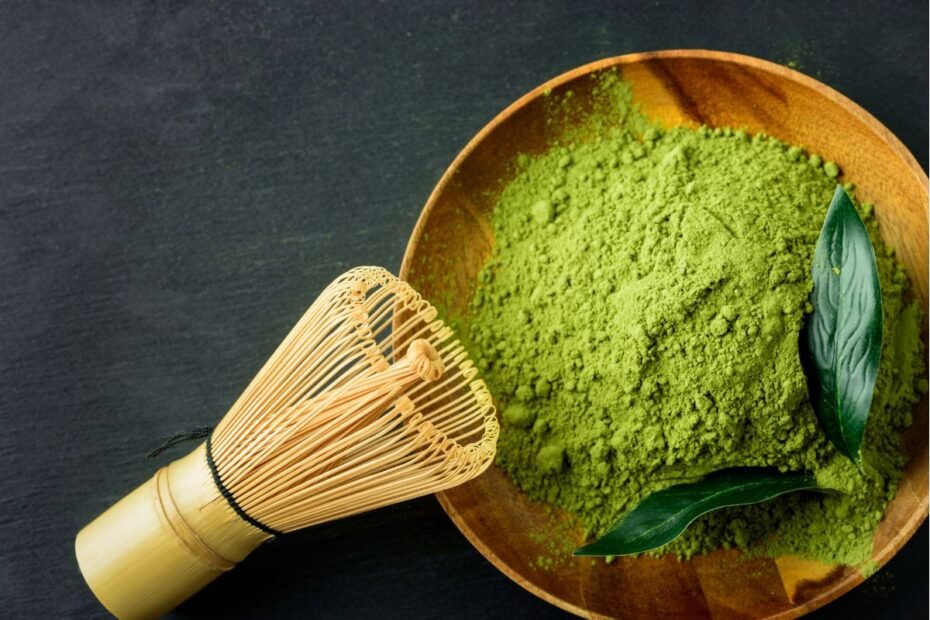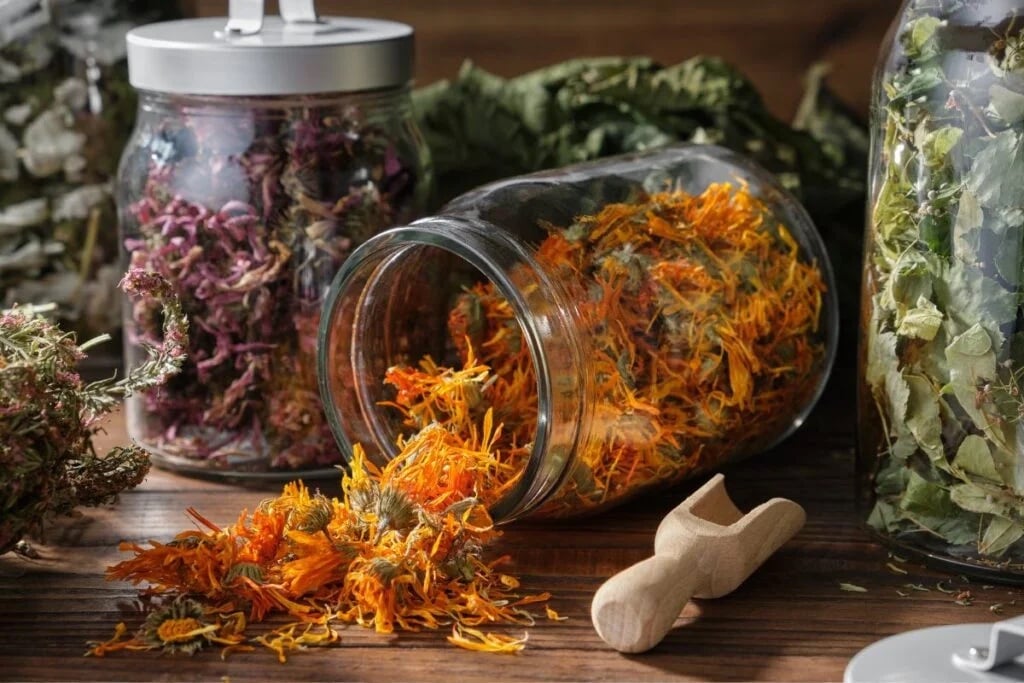Matcha is a celebrated tea across the globe. It had a market size of $532 Million in 2023, and researchers predict it’ll grow to $6.93 billion by 2030.
You can find matcha in ice cream, cakes, and other desserts. It’s a popular addition to lattes, smoothies, and even lemonade.
So, why do people love matcha so much? Aside from its distinct flavor and aroma, it may be because of the numerous matcha tea benefits.
In this article, we explore matcha tea’s origin and health benefits. You may also want to stick around for our top tips for preparing the best matcha tea!
The History of Matcha Tea
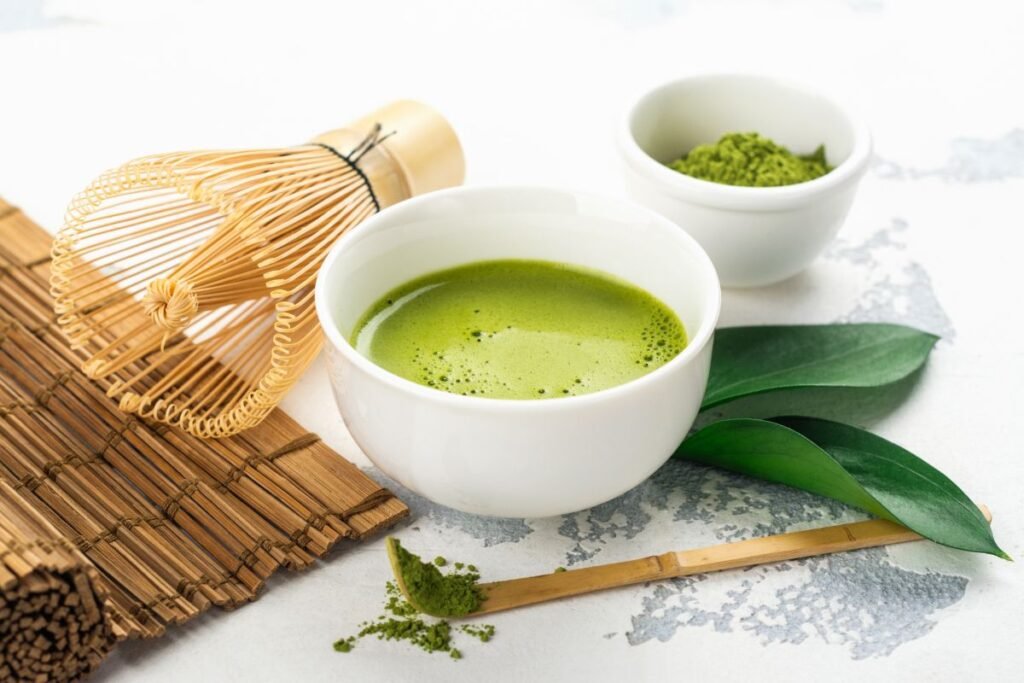
In the 1100s, a Buddhist monk returned to Japan from a study trip to China bearing seeds from the Camellia sinensis plant.
Upon his return, he started growing the tea and researching the best way to prepare it. From 1192 to 1333, Zen Buddhist monks used matcha to stay awake during meditation. Eventually, it became a ritual to honor Bodhidharma.
During the 15th century, matcha turned into a ceremonial drink for celebrating the beauty of an imperfect world.
By the 16th century, matcha became a way for the Japanese to welcome guests!
What Is Matcha Tea?
Matcha tea is a powdered beverage from Japan. The name is a combination of the Japanese words Matsu, meaning “to rub,” and cha, meaning “tea.”
What’s interesting is that matcha is from the Camellia sinensis, which is the same plant people use to make green, oolong, and black tea. Yet, even though it’s the same plant, there are strict conditions before you can produce authentic matcha tea.
First, the tea plant should be under shady conditions to produce more chlorophyll. The extra chlorophyll gives the leaves a more vibrant green color.
Next, farmers can only harvest the buds and top three layers of a young tea plant. The tea leaves must be steamed at once to stop browning. They then remove the veins from each leaf and grind them in stone mills.
Matcha has a more intense flavor and color than regular green tea. Plus, because producing it is so labor intensive, matcha tea is one of the most expensive drinks in the world!
What Are the Benefits of Drinking Matcha Tea?
Below are ten benefits of drinking matcha tea.
1. For Boosting Brain Function
Matcha green tea powder is rich in catechins, lutein, and vitamin K. These components can boost cognitive functions.
In 2020, researchers gave elderly women three grams of matcha tea powder as a daily supplement. They then compared the results with a control group after three months.
The results showed that there was a significant increase in the cognitive function of those taking the supplement. It suggests that matcha is effective against cognitive decline in the elderly.
On top of this, in 2021, scientists compared the effects of matcha with other caffeine drinks.
They found that continuously drinking matcha improves attention and brain function. The people drinking matcha could work continuously. Meanwhile, those who had caffeine were only productive after receiving a dose.
2. For Weight Loss
Matcha contains epigallocatechin gallate (EGCG), which promotes the breakdown of fat in our body. This, paired with caffeine, has a synergistic effect. Caffeine boosts your metabolism and increases the rate of fat burning.
In 2017, scientists observed the effects of matcha tea on the metabolism of women during brisk walking. They found that matcha tea enhanced fat oxidation among the test subjects.
In another study, men who took matcha while exercising burned 17% more fat than those who didn’t drink it.
These studies show that matcha can aid weight loss, especially when you have regular exercise!
3. For Liver Protection
Studies show that matcha green tea reduces the risk of liver disease.
It’s effective for those with hepatocellular carcinoma, liver steatosis, and hepatitis. Matcha is also great for lessening your risk of liver cirrhosis and chronic liver disease.
However, experts noted that matcha may increase liver enzymes in people without fatty liver disease.
The research suggests that the effect of green tea on liver enzymes depends on an individual’s health.
4. For Preventing Cancer
Did you know that matcha tea may prevent cancer?
To prove this, scientists used matcha green tea on breast cancer stem cells. They found that the tea shifted the cancer cells towards a slower metabolic state.
What’s more, in a different study, researchers discovered that matcha green tea extract was toxic to tumor-causing cells.
They concluded that matcha green tea is suitable as an anticancer agent for retinoblastoma treatment!
5. For Improving Cardiovascular Health
Many people associate matcha tea with a lower risk of cardiovascular disease. Because of the catechins in matcha, it has powerful antioxidative and lipid-lowering effects.
Simply put, green tea can scavenge free radicals in your body to improve your blood lipid profile. As a result, it has a positive effect on your cardiovascular health.
Of course, there’s a limit and you shouldn’t take too much matcha.
Researchers discovered that a low to moderate consumption is enough to enjoy the benefits of matcha tea!
6. For Healthy, Glowing Skin
Studies show that drinking matcha green tea can relieve skin disorders. The reason for this is its high polyphenol content, which protects your skin from UV damage.
Moreover, aside from giving you healthy skin, matcha has anti-skin aging properties!
In 2020, scientists found that green tea suppresses melanin production. The study concludes that you can use matcha in food and cosmetics as an anti-skin aging agent.
7. For Stress Relief
Drinking matcha tea during work breaks is a great way to relieve stress and anxiety.
Theanine and arginine are major amino acids you can find in matcha tea. These components have high stress-reducing capabilities by suppressing adrenaline.
Plus, research shows it can improve memory and spatial learning without affecting mood. It doesn’t result in disturbed sleep patterns, and it regulates recovery.
Matcha tea is potentially better than coffee in this aspect. Still, it’s important to use high-quality matcha with over 17 mg/g of theanine. Based on the study, only 50 out of 76 samples in Japan met this condition.
8. For Dental Health
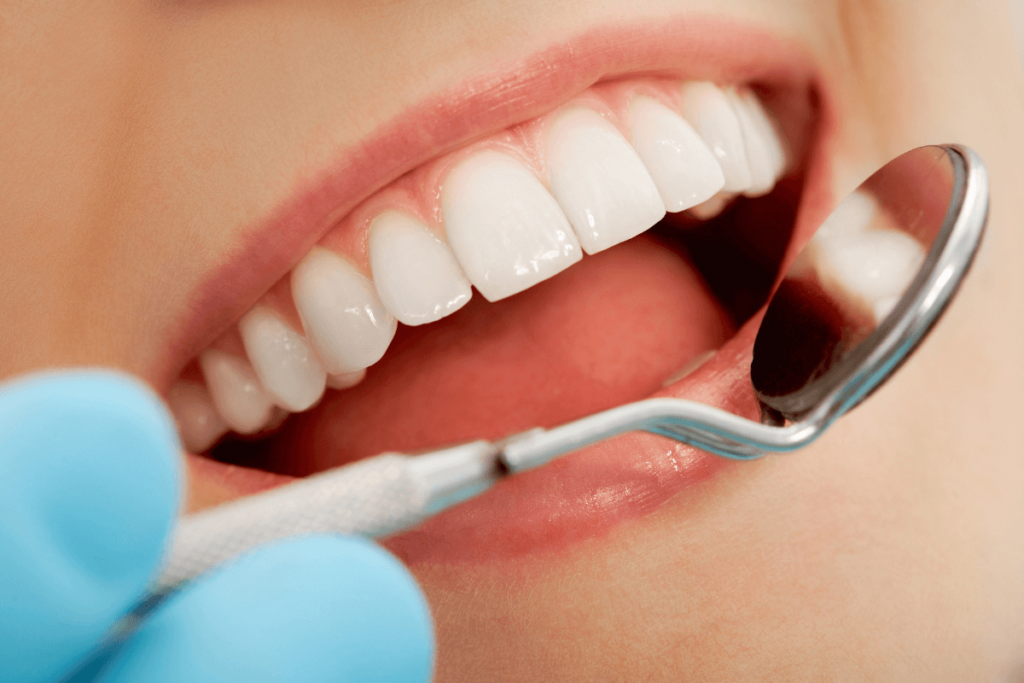
According to WebMD, matcha tea supports dental health by slowing cavities and plaque caused by bacterial growth. This is because epigallocatechin-3-gallate (EGCG) in this tea has great antibacterial properties.
What’s more, matcha has a high concentration of fluorides.
A 2021 study shows that matcha is effective for fighting gum disease. It prevents periodontal disease, and it has antiplaque effects.
Regular consumption of matcha can reduce bleeding gums and promote healing. For this reason, you can find green tea even in dental products!
9. For Diabetes
Rutin is a potent antioxidant that you can find in matcha green tea. This is significant since rutin has antidiabetic and anti-inflammatory properties.
Additionally, the quercetin in green tea counters insulin resistance. It allows your body to have a better response against the glucose in your blood.
What this means is matcha can prevent diabetes-related issues!
10. For Immunity
Finally, a single 1.5 teaspoon serving of matcha contains more than 10% of the Vitamin C RDA. This amount is nearly 100 times more than regular brewed green tea bags.
It also has 10% of the recommended daily allowance for zinc, 20% for vitamin E, and plenty of minerals.
Because of the vitamins and minerals in matcha tea, it’s perfect for supporting your immunity!
Matcha Tea vs. Green Tea – What’s the Difference?
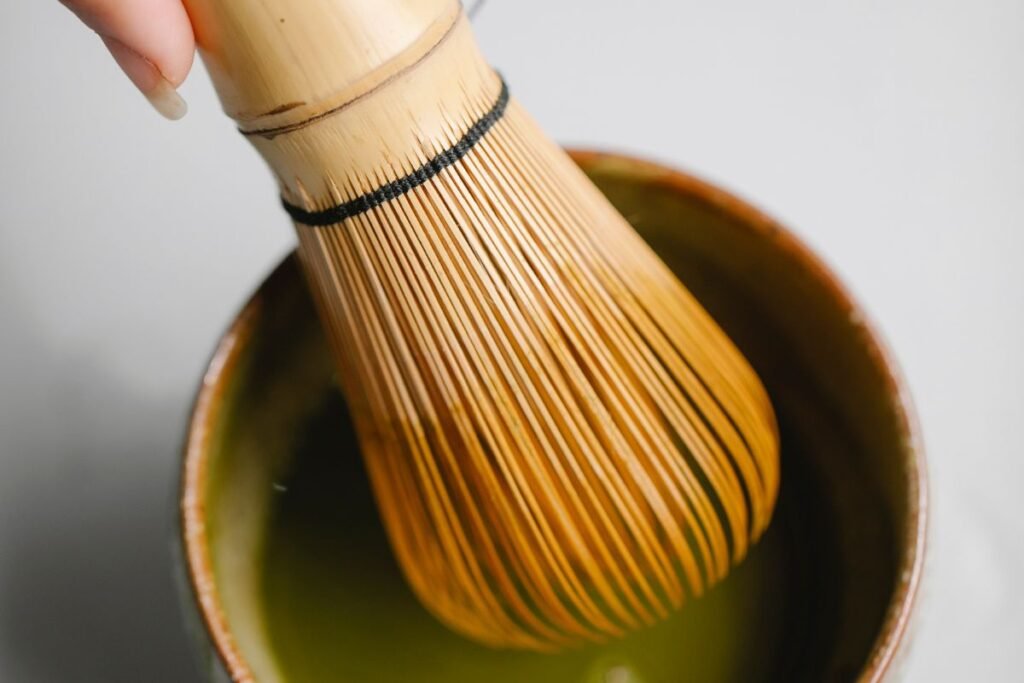
Technically, matcha is green tea as they come from the same plant species. Yet, the processing of matcha and loose-leaf green tea makes the two drinks different.
Matcha uses only the top leaves of the Camellia sinensis. It should also be grown in the shade to give it a brighter green color.
Meanwhile, loose-leaf green tea uses the whole plant. Farmers may grow it under full sun as the color isn’t as important.
Below are more variances between matcha and green tea.
- Flavor: The flavor of matcha tea is more intense than regular green tea.
- Color: Matcha tea has a vibrant green color. Meanwhile, loose-leaf green tea is greenish-brown and produces a clear drink.
- Nutritional Content: You drink matcha tea in a higher concentration than green tea, making it more nutritional. Studies show that once you dissolve it in water, matcha has three times more catechins than green tea!
- Preparation: Matcha is a powdered beverage you mix in water and drink as-is. Compared to this, you steep loose leaf green in water and drink it without ingesting the leaves.
- Caffeine Content: A cup of matcha may have up to 176 mg of caffeine. Meanwhile, a regular cup of green tea contains only 20 to 90 mg of caffeine.
Are There Side Effects From Drinking Matcha Tea?
The caffeine content of matcha tea means it does have a few side effects when you drink too much.
According to Forbes, some of these side effects include insomnia, headache, nausea, and upset stomach.
Moreover, matcha contains tannins, which can impact iron absorption. If you have an iron deficiency, it’s best to avoid drinking with your meal. Wait for at least one hour before having a cup.
As always, pay attention to where you get your tea. Buying from shady sources means your drink could contain fillers that may put you in danger.
If you use high-quality tea and drink it in moderation, matcha is a safe beverage without side effects!
How Do You Prepare Matcha Tea?
There are countless delicious ways to prepare matcha tea. Below are some of our favorites.
1. Traditional Matcha Tea
The traditional preparation of matcha tea involves a special bamboo whisk, a server, and a large tea bowl. If you get ahold of these tools, you can enjoy this fun preparation method!
First, heat water to 190°F or 90°C. Afterward, sieve 1 ½ ladles of matcha through a small strainer into your tea bowl. Doing this will get rid of any lumps.
Carefully pour two ounces of hot water into the tea bowl and whisk the tea in a back-and-forth motion. Avoid touching the bottom of the bowl with the whisk to produce more foam. This step takes around 15 seconds.
Pour the matcha tea into a tiny teacup and drink it while it’s hot!
2. Matcha Latte
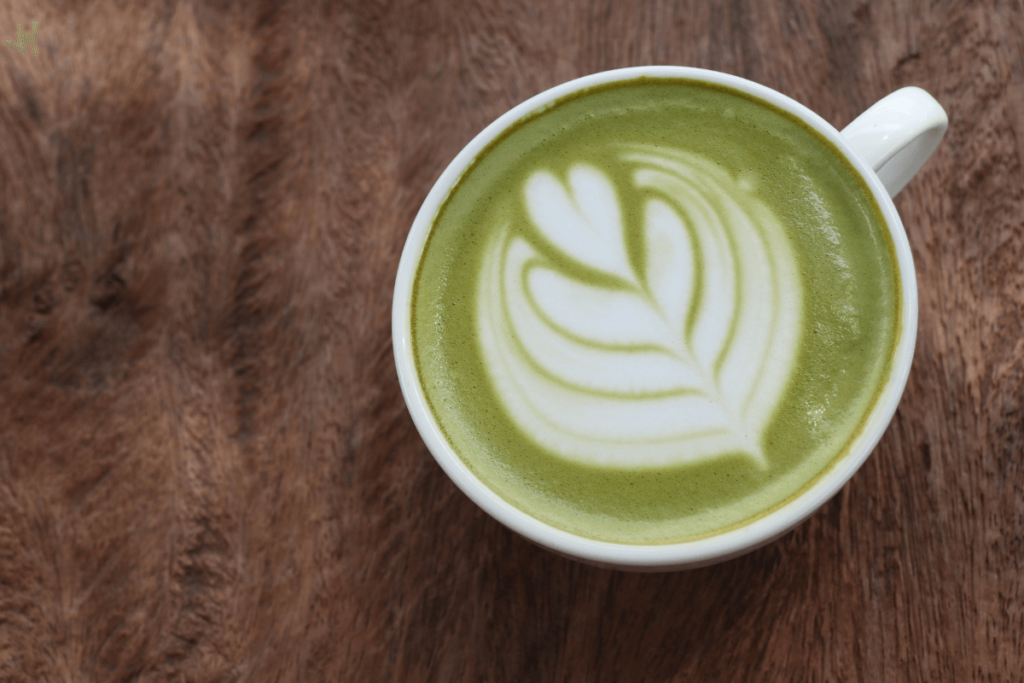
Matcha lattes are popular and easy to find in coffee shops around the US. However, these drinks often contain syrups and artificial flavorings.
To prepare an authentic cup of matcha latte, sift 1 ½ teaspoons of matcha powder into a mug. Pour in one tablespoon of hot water and whisk the tea until smooth.
Once ready, pour ¾ cup of hot milk into the mug and stir it with a spoon or milk frother. You may add two teaspoons of honey as an option.
3. Sweetened Matcha Tea
When you’re in Japan, you’ll often find sweetened matcha tea for free in restaurants. This beverage uses an instant matcha powder different from the ceremonial version.
To make sweetened matcha tea, mix two teaspoons of sugar syrup with ⅓ cup of lukewarm water. Sift in one teaspoon of matcha powder and whisk it in.
Pour this matcha mixture into half a cup of cold water and mix it once more. Finally, add ice to create a refreshing sweetened matcha tea drink!
Conclusion
In conclusion, matcha is a celebrated drink around the world due to its taste and health advantages. Matcha tea benefits include weight loss, increased brain function, and cancer prevention.
Matcha tea is also effective against diabetes, liver disease, and dental issues. It’s a stress-relieving beverage that boosts your immunity!
For those who want to drink matcha, there are many creative ways to prepare it. Matcha tea is a safe beverage, but remember to take it in moderation since it has caffeine.
Lastly, ensure you buy your matcha tea from reputable sources. Doing so lets you avoid ones with fillers that can bring health risks!
